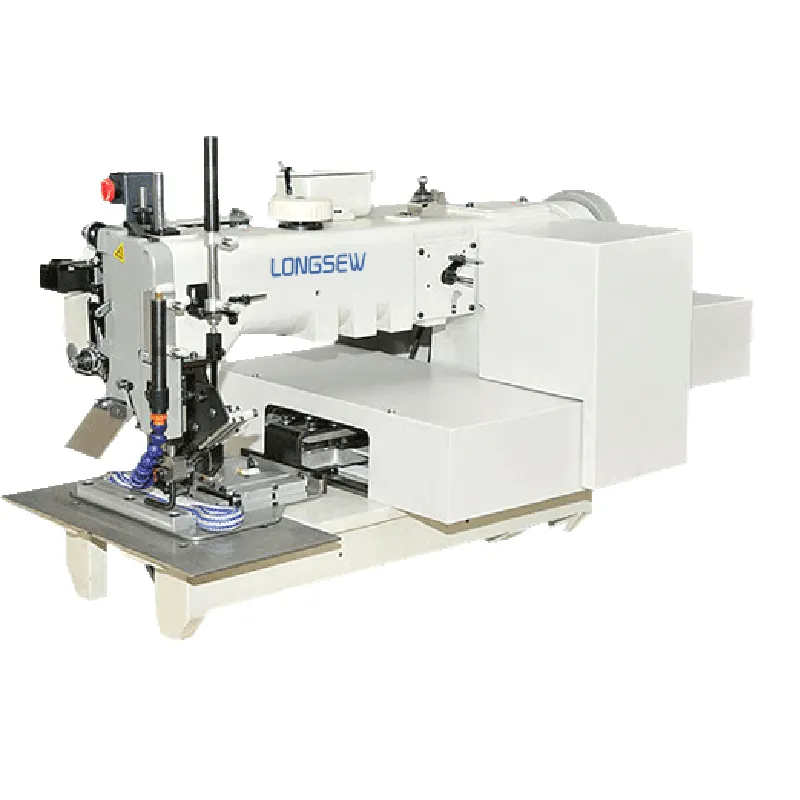A Comprehensive Guide to Using Twin Needles Effectively on Your Sewing Machine
How to Use a Twin Needle on a Sewing Machine
Using a twin needle can elevate your sewing projects by adding a professional touch, such as perfectly parallel rows of stitching. Whether you’re working on hems or decorative stitching, a twin needle is a versatile tool that can enhance the quality of your work. Here’s a comprehensive guide on how to use a twin needle on a sewing machine.
Understanding the Twin Needle
A twin needle consists of two needle shafts attached to a single shank, allowing you to sew two lines of stitches simultaneously. Twin needles come in various sizes and types, including stretch, denim, and universal. The most common sizes are 2.0mm and 4.0mm spacing, which refer to the distance between the two needles. For most sewing tasks, a universal twin needle is a great starting point.
Preparing Your Sewing Machine
1. Check Needle Compatibility Ensure your sewing machine can accommodate a twin needle. Most modern machines have this capability, but it’s wise to consult your manual.
2. Select the Right Needle Choose the appropriate twin needle for your fabric type. For lightweight fabrics, a smaller size is ideal, while heavier fabrics will require a larger needle.
3. Change the Needle To install the twin needle, turn off your sewing machine for safety. Remove the existing needle by loosening the needle clamp screw, then insert the twin needle. Ensure the needles are facing forward, and tighten the clamp securely.
4. Adjust the Threading Threading a twin needle is slightly different from a single needle. Start by threading the machine as you normally would, but use two separate spools of thread. You can place the second spool on a spool holder if your machine has space.
5. Threading the Twin Needle Pass each thread through its respective needle, ensuring that they are separated without tangling. This is essential for achieving even stitches.
how to use twin needle on sewing machine

Setting Up Your Sewing Machine
1. Select the Right Stitch For most projects, a straight stitch is ideal. Check your machine’s manual for suggestions on the best stitches to use with a twin needle. Avoid zigzag stitches, as these can result in the needle hitting the presser foot.
2. Adjust the Stitch Width If your sewing machine has a stitch width adjustment, ensure it’s set according to the width of the twin needle. Generally, a width of around 4.0-5.0mm is safe, but check your needle’s specifications to avoid breaking a needle.
3. Choose the Right Tension The tension may need adjusting when using a twin needle. A medium tension is often a good starting point, but you may need to make adjustments depending on your fabric and threads.
Sewing with a Twin Needle
1. Test Your Setup Before starting on your actual project, perform a test stitch on a scrap piece of fabric. This helps ensure that everything is functioning properly and that your stitch quality is satisfactory.
2. Sewing Technique Start sewing slowly, allowing the thread to feed evenly. Keep a steady pace to avoid any puckering or uneven stitches. The twin needle will create two parallel lines on the right side of the fabric, with a zigzag stitch on the reverse.
3. Finishing Your Seam Once you’ve completed your stitching, trim any excess threads and press the seams appropriately to give your project a finished look.
Conclusion
Using a twin needle on your sewing machine opens up a world of creative possibilities. It can add a professional finish to hems, pintucks, and decorative elements on your garments. With the right setup and a little practice, you’ll soon be able to incorporate this handy tool into your sewing repertoire, enhancing the aesthetic appeal of your handmade creations. Happy sewing!
-
Leather Sewing Machine: The Industrial Standard for Tough MaterialsNewsJul.18,2025
-
Sail Making Machine: Heavy-Duty Stitching for Industrial and Marine NeedsNewsJul.18,2025
-
Sling Sewing Machine: The Backbone of Heavy-Duty FabricationNewsJul.18,2025
-
Leather Sewing Machine: Precision for Heavy-Duty StitchingNewsJul.18,2025
-
Big Bag Sewing Machine: Powering the Future of Bulk PackagingNewsJul.18,2025
-
FIBC Sewing Machine: Essential Equipment for Bulk Bag ProductionNewsJul.18,2025
-
Heavy Duty Leather Sewing Machine: A Must-Have for Professional LeatherworkNewsMay.28,2025





























